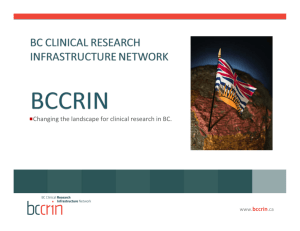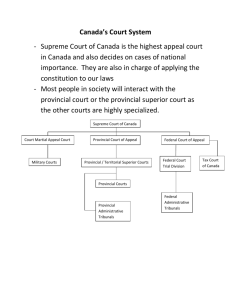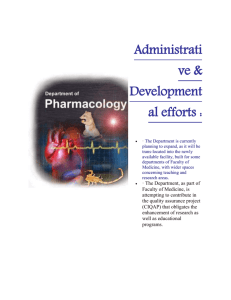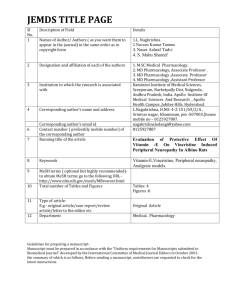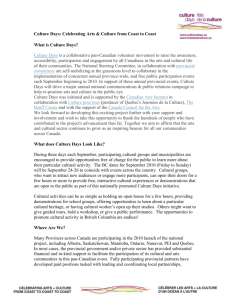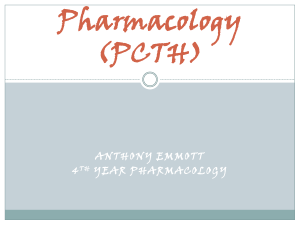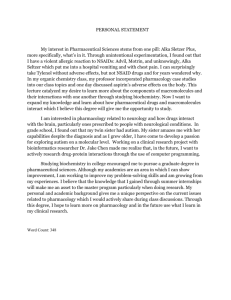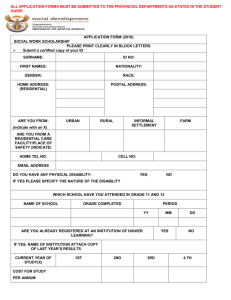Quebec
advertisement
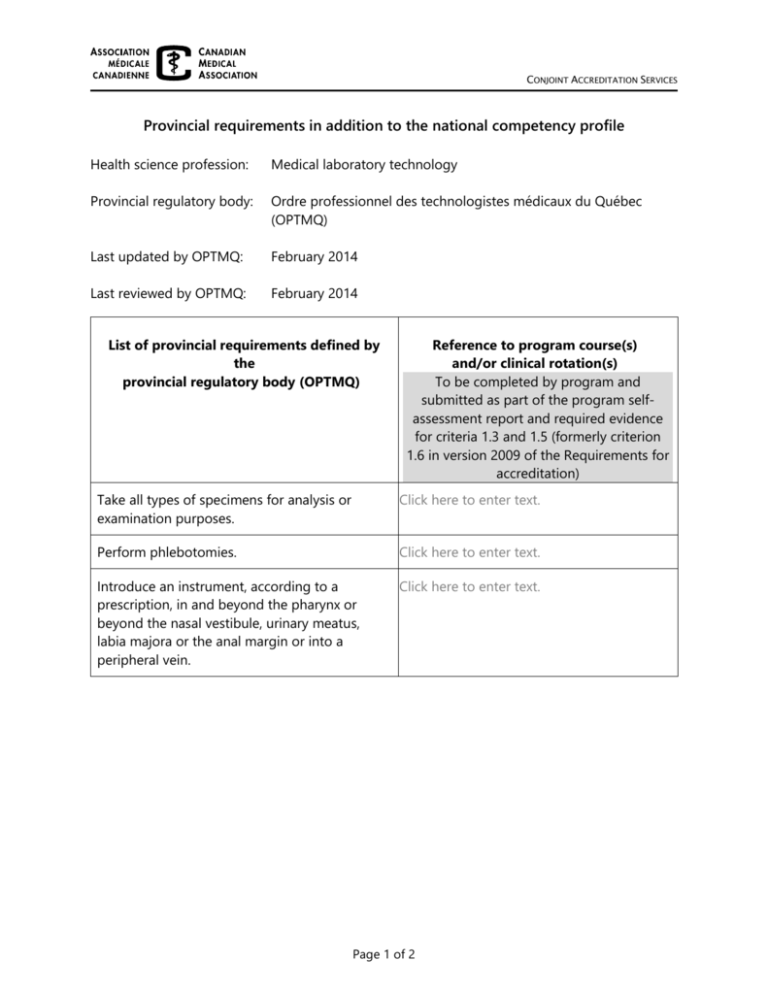
CONJOINT ACCREDITATION SERVICES Provincial requirements in addition to the national competency profile Health science profession: Medical laboratory technology Provincial regulatory body: Ordre professionnel des technologistes médicaux du Québec (OPTMQ) Last updated by OPTMQ: February 2014 Last reviewed by OPTMQ: February 2014 List of provincial requirements defined by the provincial regulatory body (OPTMQ) Reference to program course(s) and/or clinical rotation(s) To be completed by program and submitted as part of the program selfassessment report and required evidence for criteria 1.3 and 1.5 (formerly criterion 1.6 in version 2009 of the Requirements for accreditation) Take all types of specimens for analysis or examination purposes. Click here to enter text. Perform phlebotomies. Click here to enter text. Introduce an instrument, according to a prescription, in and beyond the pharynx or beyond the nasal vestibule, urinary meatus, labia majora or the anal margin or into a peripheral vein. Click here to enter text. Page 1 of 2 Administer medications or other prescribed substances, including intravenously from a peripheral site. The minimum 45 hours of training includes the following items: Click here to enter text. GENERAL OBJECTIVES Understand the basic principles of drug action and how drugs affect tissues, cells and molecules. Discuss drug therapy for diagnosis or examinations. Acquire certain notions of drug toxicity, unexpected and undesirable side effects and drug interactions. Click here to enter text. SPECIFIC OBJECTIVES Introduce general pharmacology concepts. Define the major pharmacology terms. Address basic pharmacology principles: absorption, distribution, biotransformation and elimination. Discuss the mode of action of drugs. Address the role of genetics, age, and ethnic origin on the response to these drugs. Know the routes of administration with their advantages, disadvantages. Know the list of drugs that cause a physiological reaction that influences the outcome of examinations, their drug to drug or drug to food interactions, and their harmful and desired effects. Page 2 of 2



